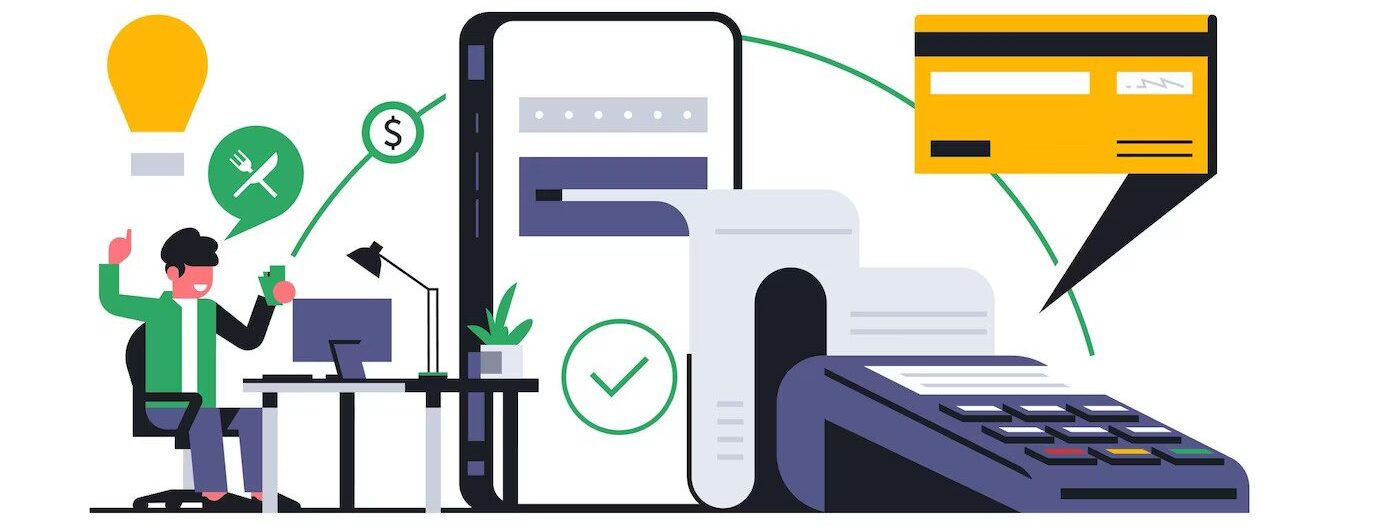The Dawn of Accounts Payable Automation: A Comprehensive Overview
- 1 Detail Guide On Accounts Payable Automation
- 1.1 The Era of Digital Transformation
- 1.2 Understanding Accounts Payable
- 1.3 The Advent of AP Automation
- 1.4 The Mechanics of AP Automation
- 1.5 The Role of Artificial Intelligence and Machine Learning
- 1.6 The Impact of AP Automation on Businesses
- 1.7 Case Study: A Triumph of Automation
- 1.8 AP Automation: Challenges and Solutions
- 1.9 AP Automation: A Gateway to Strategic Financial Management
- 1.10 The Future of AP Automation
- 1.11 Mitigating Fraud with AP Automation
- 1.12 Wrapping Up: The Dawn of a New Era
As we tread the path of digital transformation, every aspect of business operations, from marketing to HR, is experiencing a technological revolution. The finance department is no exception. It is witnessing a significant transformation, especially in the realm of Accounts Payable (AP). The dawn of AP automation is here, propelling a new age of efficiency, accuracy, and strategic financial management. This comprehensive overview provides an in-depth understanding of AP automation, its implications, benefits, challenges, and future prospects.
Detail Guide On Accounts Payable Automation
The Era of Digital Transformation
We stand on the precipice of a new era, where technology not only augments but reshapes our existing systems, operations, and even thought processes. One area experiencing a seismic shift is Accounts Payable (AP) – the fulcrum on which the financial wheel of any organization spins.
This transformation is driven by technological advancements, including artificial intelligence, machine learning, data analytics, and cloud computing. But before we delve into the specifics, it’s critical to understand the concept of Accounts Payable and the pressing need for its automation in today’s fast-paced business landscape.
Understanding Accounts Payable
Accounts Payable (AP) refers to the money a business owes to its suppliers or vendors for goods or services bought on credit. Maintaining an efficient AP process is crucial to ensure smooth operations, avoid late payment penalties, build strong vendor relationships, and maintain a healthy cash flow.
In traditional setups, AP processes were manual, time-consuming, and prone to errors. With the growing number of transactions and the increasing complexity of global business, these manual methods are no longer sustainable, paving the way for automation.
The Advent of AP Automation
Automation in AP introduces software and systems that help streamline and manage the processes associated with handling invoices and making payments to suppliers. It involves leveraging technology to reduce manual tasks, increase speed, and improve accuracy, thereby significantly enhancing operational efficiency.
One example of a service providing these benefits is Centime, a best-of-breed, centralized platform where businesses can automate both AP and AR processes. Centime’s technology, besides automation, offers real-time cash flow forecasting, and access to new credit lines and banking solutions, providing a holistic approach to financial management.
The Mechanics of AP Automation
AP Automation relies on several technological components working together. At its core, the process involves digitizing invoices, processing them using AI and machine learning algorithms, scheduling payments, and automatically updating ledgers.
These functions reduce the need for human intervention, thus eliminating potential human error and drastically reducing the time taken to process payments. The result is an efficient, streamlined process that allows businesses to focus on strategic financial management rather than tedious manual tasks.
The Role of Artificial Intelligence and Machine Learning
Artificial intelligence (AI) and machine learning (ML) are the backbone of AP automation. These technologies are capable of learning from data inputs and improving over time. They play a significant role in automating data entry, verifying invoices, flagging discrepancies, and even predicting payment timelines based on historical data.
AI and ML not only bring speed and efficiency to AP processes but also provide unprecedented accuracy, minimizing the risks of costly mistakes and enhancing overall financial management.
The Impact of AP Automation on Businesses
Automation in AP offers businesses tangible benefits. It dramatically reduces the time and resources spent on manual tasks, resulting in significant cost savings. It also provides real-time visibility into AP data, enabling better cash flow management and strategic decision-making.
Additionally, AP automation improves vendor relationships by ensuring timely payments and transparent communication. In a competitive business environment, such operational efficiency and strengthened relationships can provide a crucial edge.
Case Study: A Triumph of Automation
Companies across sectors have begun to witness the transformative power of AP automation. Take, for instance, a manufacturing giant plagued with slow payment processes and mounting late fees. Upon integrating AP automation, they reduced their invoice processing time by 70% and eradicated late payment penalties entirely. The company was able to redirect resources saved towards strategic initiatives, enabling significant business growth.
Stories like this are becoming increasingly common as more organizations begin to realize the value of automating their AP processes.
AP Automation: Challenges and Solutions
While the advantages of AP automation are clear, businesses may encounter certain challenges during its adoption. These include resistance to change, data security concerns, and integration issues with existing systems.
However, most of these challenges can be mitigated by selecting the right automation tool, offering employee training, and ensuring compliance with data protection regulations. Adopting a step-by-step approach can also help businesses seamlessly transition to automated processes.
AP Automation: A Gateway to Strategic Financial Management
With AP automation taking care of routine tasks, businesses can focus more on strategic financial management. Real-time data visibility allows them to analyze expenditure patterns, optimize cash flow, and make informed financial decisions.
Furthermore, predictive capabilities of AI can offer insights into future payment patterns, enabling proactive financial management. Essentially, AP automation is not just about improving processes; it’s about empowering businesses to become more strategic and forward-thinking.
The Future of AP Automation
The future of AP automation looks promising, with continuous advancements in technology set to make the process even more efficient and insightful. We can expect more AI-driven capabilities, enhanced integration with other systems, and even more user-friendly interfaces.
More significantly, we can expect an even greater shift in the role of finance teams. With AP automation handling routine tasks, finance professionals can truly embrace strategic roles, driving business growth and profitability.
Mitigating Fraud with AP Automation
A crucial yet often overlooked benefit of AP automation is its potential to mitigate fraud. Through built-in controls and auditing capabilities, AP automation can detect inconsistencies and fraudulent activities, flagging them for review. By providing a clear audit trail and facilitating data tracking, it enhances the transparency and accountability of financial processes. Thus, AP automation not only streamlines operations but also serves as a safeguard against financial missteps and fraud.
Wrapping Up: The Dawn of a New Era
As we stand at the dawn of the automation age, embracing AP automation is not just a competitive advantage—it’s a necessity for businesses to thrive in a digital economy. It promises efficiency, accuracy, cost savings, and most importantly, the opportunity for businesses to focus on strategic initiatives.
AP automation is not merely about technology; it’s about reinventing traditional business processes and adopting a forward-thinking approach. As businesses of all sizes and across industries begin to realize this, we can indeed say that a new day is dawning—the dawn of accounts payable automation.



















